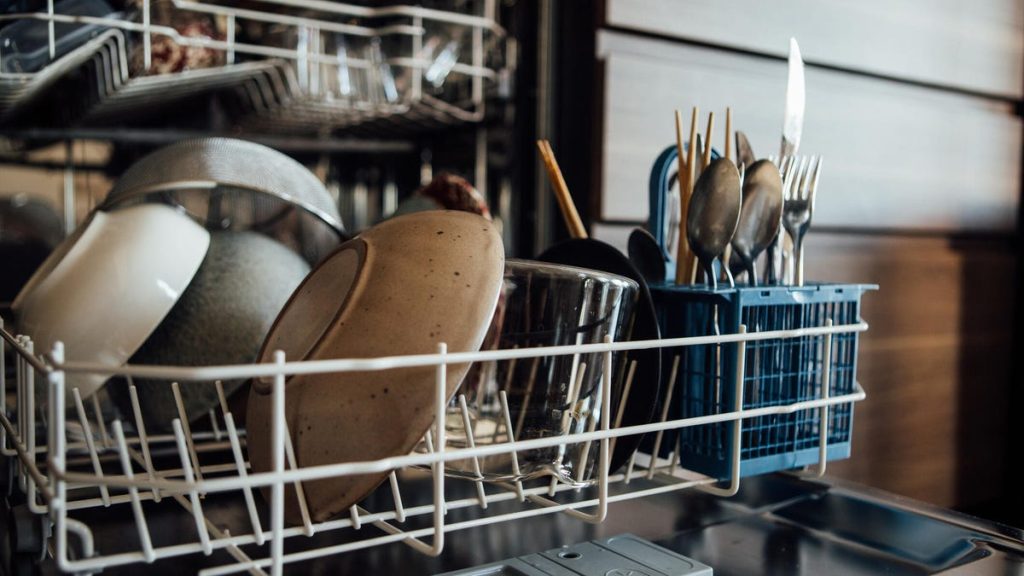Rising energy costs have many people looking for ways to reduce their electric bills. One effective strategy is to take advantage of time-of-use plans offered by some utility companies. These plans involve charging higher rates during peak hours when electricity demand is high, but lower rates during off-peak hours when demand is lower. By timing your electricity use to coincide with off-peak hours, you can save money by running appliances like dishwashers and washing machines during these times. Peak hours are typically when most people are settling in for the evening and using more electricity, while off-peak hours offer cheaper rates due to lower overall demand.
In a time-of-use plan, peak hours refer to the times of day when electricity demand is highest, leading to higher costs per kilowatt-hour used. During peak hours, it is best to avoid energy-intensive tasks that can be done at a later time to save money. Off-peak hours, on the other hand, are times when electricity prices are lower due to reduced demand on the grid. This is an opportune time to do tasks that require more energy without incurring high costs. Utility companies implement time-of-use rates to manage peak demand on the grid more effectively, resulting in extra expenses for consumers who use electricity during peak hours.
Peak hours vary depending on the time of year and region, with the highest demand typically occurring when people are returning home from work and using more electricity. By being aware of when peak and off-peak hours occur in your area, you can plan your energy use accordingly to lower your monthly bill. Weekends are generally considered off-peak hours all day, making it beneficial to schedule energy-intensive tasks on Saturdays and Sundays. You can also reduce your electricity usage during peak hours by unplugging appliances, adjusting your thermostat, and utilizing sleep modes on electronic devices. Additionally, using motion sensors to control lighting and other devices can help minimize unnecessary electricity usage.
To save even more on your electric bills, consider investing in tools like solar batteries to store energy for use during peak hours. By minimizing your electrical usage during peak times, you can further reduce your costs. Understanding the concept of time-of-use rates and peak/off-peak hours can help you make informed decisions about when to use major appliances and how to manage your energy consumption. By following these tips and strategies, you can effectively lower your electricity bills and contribute to a more sustainable and cost-effective energy usage.


